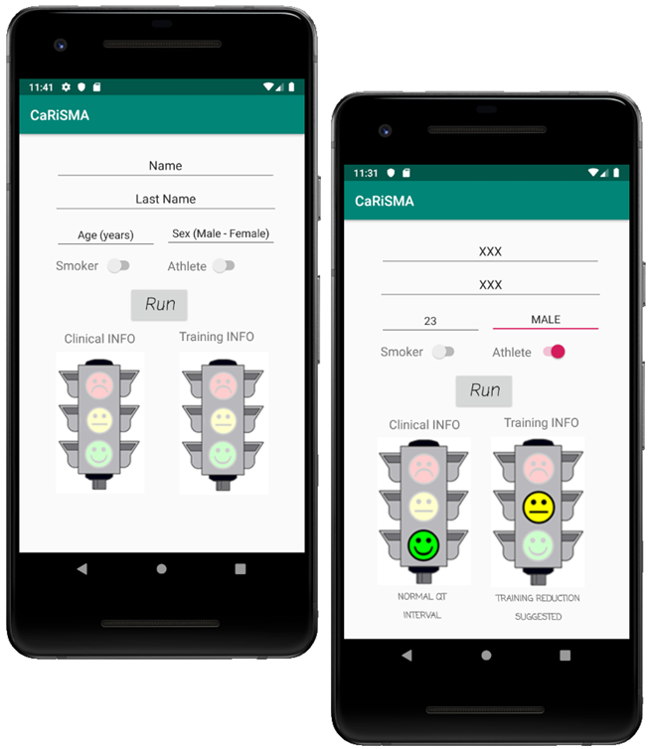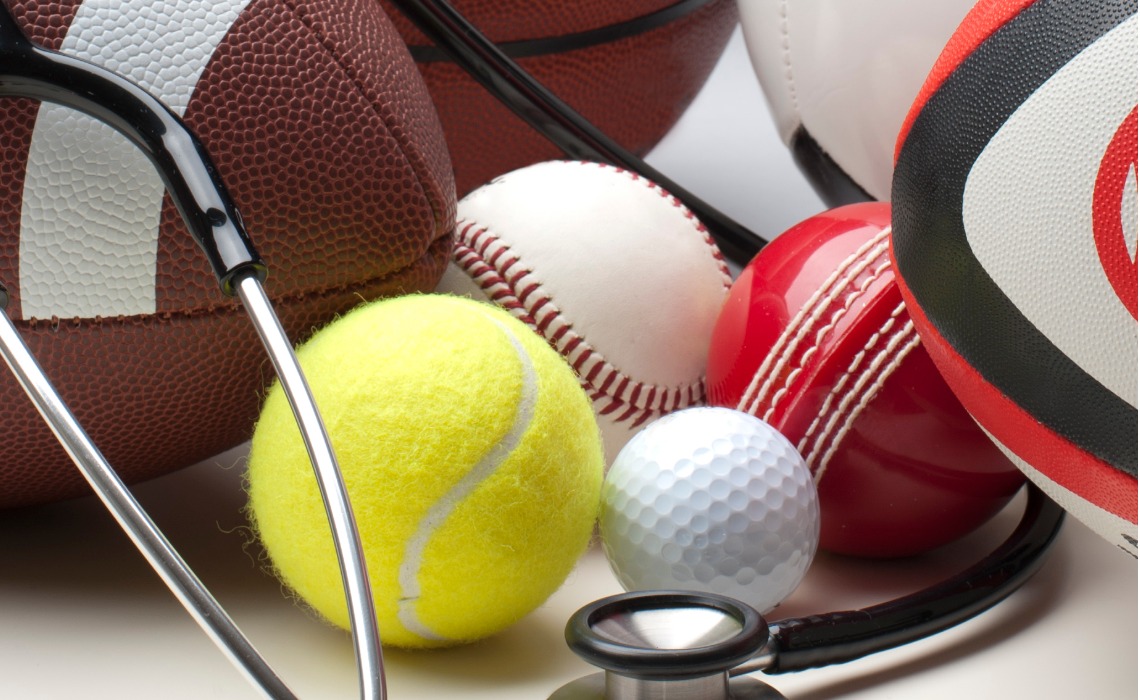Sport-related sudden cardiac death (SRSCD) is a tragedy. At any age and under any circumstances. But when it happens to young athletes, it is that much more perplexing for cardiologists since these young people represent the epitome of good health and healthy habits. Efforts to identify risks and institute screening programs that can make competitive and recreational sports safer have proven inadequate. Far too many young athletes fall victim to this devastating death.
Today, a cardiac screening is mandatory once a year. But athletes, who in fact suffer symptoms during activity or competition, are more often than not fine when checked later by a physician.
The trick is to identify the risk of an impending sport-related sudden cardiac event before it happens. Dr. Agnese Sbrollini, a biomedical engineer at Università Politecnica delle Marche working under the guidance of Prof. Laura Burattini envisioned a system that leverages the diagnostic power of the data collected from the wearable sensors athletes use to monitor to improve performance. This data is comparable in quality to data derived from clinical medical equipment.
Sensors for prevention
Her idea is relatively straightforward. These reliable wearable sensors are used to collect many cardiovascular indices, such as heart rate and electrocardiographic signal during sports activities. Data is then transmitted by Bluetooth or WiFi via a mobile app, and then to a cloud platform. In this case, the GARR Consortium Cloud Infrastructure. This guarantees secure transfer. Data is appropriately cataloged in Cloud: the history of each athlete is organized to be easily accessible to athletes or authorized third parties, like coaches or clinicians. The cloud-based platform developed by the research team then analyses the cardiovascular data and computes the main clinical indices of sport-related sudden cardiac death risk — heart rate analysis or the electrocardiographic QT interval. Analysis of indices generates output that determines low risk, medium risk or high risk. The athlete, coach, or instructor can then take appropriate action.

The system is extremely user-friendly because it is based on technologies that athletes already use and are familiar with, like wearable sensors and a smartphone app. It does not disturb their regular practice or competitive routine. It is also quite scalable. The underlying technology is not expensive, making it a feasible alternative to many professional or amateur athletes.

Preliminary pilot data of approximately 100 athletes already uncovered two cases of heart disease. Ongoing research is expanding the database and will certainly help uncover more. In addition, the commercial implications for the platform are promising indeed.
Enabling infrastructure and cloud platform from the GARR Consortium
Dr. Sbrollini is a Consortium GARR fellowship student in the Orio Carlini Scholarship Program. Now in the second year of the scholarship, work is in high gear to perfect the app and adapt it to real-time deployment. The support from the GARR Consortium allows the team to build any VRs and includes access to many licenses necessary. In addition, use of the GARR Consortium Cloud Infrastructure helps keep this work in an academic setting, where collaboration with leading researchers and medical schools across several continents is possible.
The GARR Consortium is helping researchers like Dr. Sbrollini develop innovative ideas and apply them to make an impact, and promise a safer, healthier future for aspiring young athletes.








